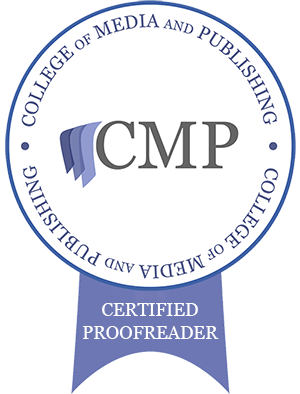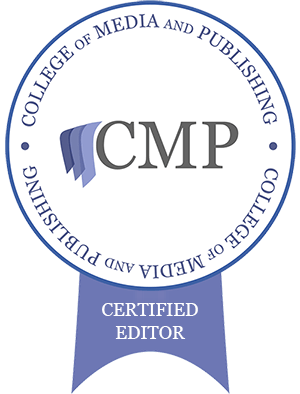
Introducing Your Characters
So you’ve got your characters and you are ready to start introducing them. Great! Where do you start? A lot of newer writers can fall into a trap when it comes to making the first introduction of their characters, especially the main character. Starting off your first page with a huge infodump of every detail about your main protagonist logically makes sense, but is it interesting to your reader? No, probably not.
Part of the fun of reading a story is learning about the characters as they go through the plot, picking up details along the way and watching them grow through their development arc. You want your reader to get enough information to be intrigued and want to learn more, but there needs to be more for them to learn later in the book so that they will want to read further. So here’s a few pitfalls that new writers can fall into.
Infodumping
It can be tempting to just write a few paragraphs about your character. Listing all the details of their appearance, followed by a list of their traits and skills. It’s like you’re writing their CV or a dating profile. It is too much detail at once, and can be overwhelming for your reader. To start off, we need to know their name, a little bit about who they are and what they are doing. Their personality traits and flaws can be revealed as you go, how they respond to situations and people will reveal this in an organic way. How they face challenges and work to overcome them to achieve their end goal will tell your reader the kind of person your character is.
The character should be changing with the story, they learn and grow, their experiences will shape their personality. The beginning of the story and flashbacks can show who they are at the start. Your reader wants to follow them as they go through these experiences and see who they become by the ending. That’s difficult to do if you dump it all at the start. It’s a journey of discovery, for your characters and for your reader.
The Mirror Monologue
This is a common trope and one that rarely works well. Your character wakes up in the morning and goes to the mirror to get ready for their day. They spend time looking at their reflection and having a long internal monologue about what they look like. The thing is, people don’t really do this in real life. They know what they look like already and they won’t mentally list every feature every day. It’s not realistic to do this.
What do you look at when you look in the mirror? Take some time and really think about what you look at and what you focus on. Maybe you like the way your hair is styled, or you don’t like your eyebrows. Perhaps your outfit makes you feel confident, or you’re unhappy with the colour of your shirt. We know our appearance in the mirror, so in real life we focus on things that we like or don’t like. We won’t think about every part of our bodies and every feature. Especially when it comes to body parts.
Gender Issues and Descriptions
This is particularly an issue with writing about women, I have seen excerpts where a female character spends two paragraphs describing the shape and size of her own breasts. It’s quite jarring to read, because most of us do not think about ourselves in that way. We don’t really notice the weight of our breasts as we walk, because we’re used to them. We don’t try to decide which fruit accurately represents their size and shape. It’s just not a thing that women do. We might think about how a certain bra or top makes them look, or if a top is too low cut. I imagine there is an equivalent of this for male characters, but I cannot comment on the real life experience of that, and it is much more common with female characters.
When you are dealing with characters who are outside the binary genders, it may be different. Again, I haven’t lived this experience so it’s difficult to really know how it might be. What I have learned from trans friends and trans creators online is that part of the reason someone does transition, whether this is medically, surgically or by using clothing and make-up to change their appearance, is to better reflect who they really are.
If you are planning to write a trans or non-binary character but you don’t identify as such yourself, it is worth finding someone who has lived experience that is willing to give you some advice and feedback to ensure that you are accurately representing them and not feeding into misconceptions or misunderstandings. Obviously, each individual is different, and it is usually better not to write about such characters if you don’t understand what they might feel and experience. Especially if you’re not willing to learn and be respectful.
How To Introduce Your Characters Better
You obviously need to introduce your characters and describe them to some degree. You need your reader to be interested. So here’s how to tackle it in a way that will get the job done well!
- Everything you mention at the start will be considered important by your reader so mention the key aspects first.
- Pick the most notable or memorable details of their appearance and highlight those. What makes them distinctive and memorable.
- Don’t make the descriptions too complex and go easy with the adjectives. One or two for each feature is plenty. The reader will use their imagination for the rest.
- Their behaviours should reflect their personality traits. This is where ‘Show, don’t tell’ comes into play. An outgoing person is likely to be talkative and willing to engage with strangers.
- Describing behaviours, clothing, accessories and surroundings can give insight into your characters background as well as their personality. A messy workspace could indicate laziness or a lack of care about being tidy. Sleeping on a tatty old mattress on the floor of a rundown apartment will show that your character is in financial hardship.
Inclusivity and Stereotyping
- Be mindful of unintended racial bias and harmful incorrect stereotypes. It is easy to get this wrong. Even if it is not done on purpose, aspects of characters can end up causing harm. Ensure your language and word choice is appropriate and inclusive. If you want to include a character who is a different race from you, or has another aspect that you don’t, it is very important to make sure you know how to handle it properly. That means research, listening to people who are living that experience and making sure your language reflects it accurately. If in doubt, leave it out.
- If you are using real world contemporary characters, it might be better to be more ambiguous with race and leave it up to reader interpretation. This is clearly still relevant given the discussions around Disney’s live action “The Little Mermaid” remake and the casting of a POC in the lead role.
- Representation matters, and everyone should be able to see themselves reflected in media, whether it is books, films, video games or comics.
I hope this helps you out in nailing those introductions. Happy writing! As always, I love to hear what people think and encourage respectful discussions in the comments below. If you are unsure about how you are introducing your characters in your writing, get in touch and I will be happy to help you out!




Leave a Reply